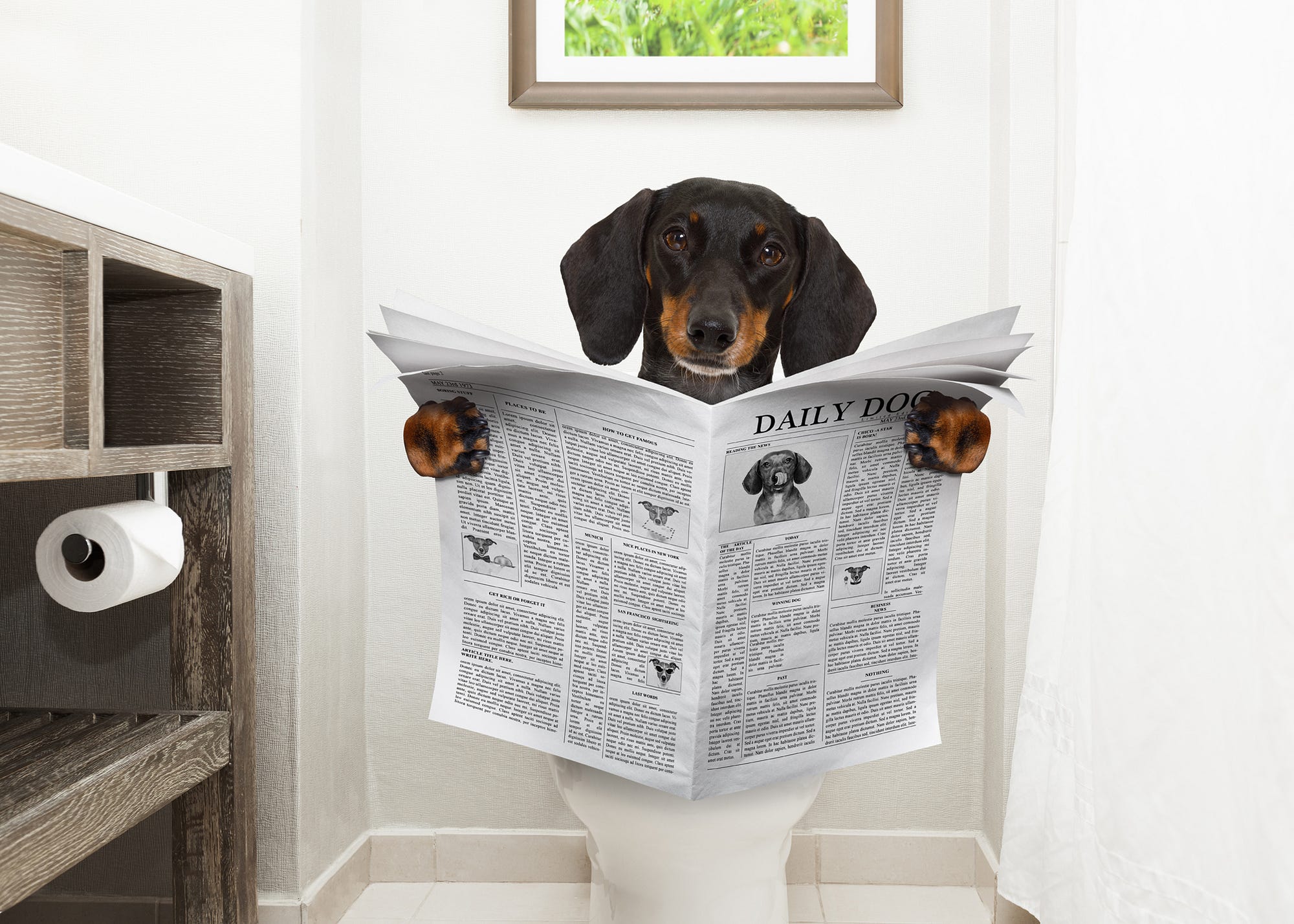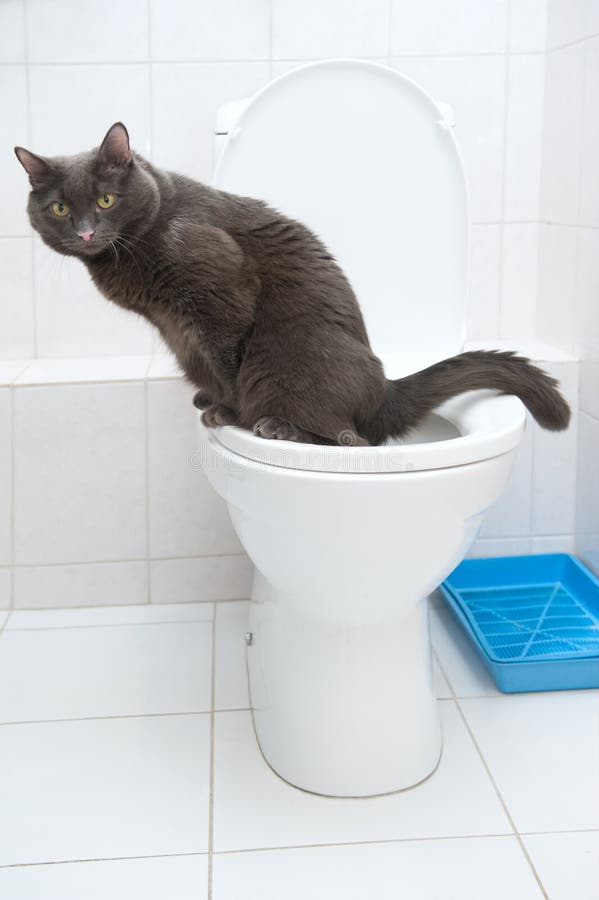The Significance of Not Flushing Animal Waste Down the Toilet
The Significance of Not Flushing Animal Waste Down the Toilet
Blog Article
Do you find yourself trying to find answers about Why you should never flush dog poop down the toilet?

When it pertains to getting rid of waste, particularly animal waste, many people often resort to the convenient alternative of flushing it down the bathroom. Nonetheless, this relatively easy remedy can have major repercussions for the environment and public health. In this write-up, we'll explore why flushing pet waste down the commode is a poor idea and supply alternate approaches for proper disposal.
Introduction
Appropriate garbage disposal is critical for keeping environmental sustainability and public health. While it may appear harmless to purge animal waste down the commode, it can lead to different issues, both for the environment and human health.
Risks of flushing pet waste
Ecological influence
Purging pet waste introduces hazardous bacteria and virus into waterways, which can negatively influence water environments. These microorganisms can infect water sources and damage aquatic life, disrupting delicate environments.
Public health concerns
Animal waste includes harmful microorganisms such as E. coli and Salmonella, which can position major wellness threats to humans. Purging pet waste down the bathroom can pollute water supplies, leading to the spread of conditions and infections.
Alternatives to flushing
As opposed to flushing animal waste down the commode, there are several alternate disposal approaches that are a lot more environmentally friendly and hygienic.
Composting
Composting animal waste is a green means to throw away it. By composting, organic matter is broken down right into nutrient-rich soil, which can be utilized to feed gardens and plants.
Land fill disposal
Dealing with animal waste in a garbage dump is another alternative. While not as environmentally friendly as composting, it is a much safer alternative to flushing, as it protects against the contamination of water sources.
Pet waste disposal systems
There are specialized pet dog waste disposal systems offered that securely and hygienically dispose of animal waste. These systems commonly make use of enzymes to break down waste and eliminate smells.
Steps to correct animal waste disposal
To ensure appropriate disposal of animal waste, comply with these actions:
Scooping and landing waste
On a regular basis scoop and bag animal waste making use of biodegradable bags. This prevents waste from infecting the environment.
Making use of designated waste containers
Dispose of bagged animal waste in assigned waste containers, such as compost bins or land fill containers. Stay clear of flushing it down the bathroom in any way prices.
Cleaning litter boxes and family pet locations regularly
Regularly tidy can and animal locations to stop the accumulation of waste and germs. Usage pet-safe cleansing products to maintain health.
Advantages of correct disposal methods
Embracing appropriate disposal methods for animal waste uses a number of benefits:
Lowered environmental pollution
Correct disposal approaches minimize the risk of environmental pollution, protecting rivers and ecological communities from contamination
Lessened threat of water contamination.
By avoiding flushing animal waste down the bathroom, the danger of water contamination is dramatically lowered, protecting public health.
Enhanced cleanliness and hygiene
Correct disposal techniques promote far better cleanliness and health, producing a safer setting for both human beings and animals.
Conclusion
To conclude, flushing animal waste down the bathroom is damaging to the setting and public health. By adopting different disposal methods and following correct waste administration techniques, we can minimize the adverse influence of animal waste and contribute to a cleaner, healthier world.
What To Do With Dog Poo – The Do's And Don'ts Of Disposing Of Faeces
Dog poo bins
Some councils provide dedicated dog waste bins in popular dog-walking areas that can take dog poo that has been bagged but you can legally dispose of dog waste in any public litter bin, as long as it is securely bagged. This also applies to your wheelie bin at home.
Do not flush
Water companies do not recommend flushing dog faeces down the toilet because certain parasites can survive the water processing treatment and are potentially harmful to humans. You should also never consider flushing dog poo that has been bagged down the toilet as the bags will not break down and instead create severe blockages in the sewage system.
In the woods
The Forestry Commission promotes a ‘stick and flick’ method for dealing with waste in the woods. This means finding a stick and using it to flick any poo from off the path so that it is out of the way of other walkers. You could also bury it as long as it is not in an area where there might be livestock.
Livestock
Parasites found in dog poo can be transmitted to livestock if they inadvertently eat infected faeces that has been left on grazing land. This could result in the death of sheep or abortion in cattle so you should always make sure you pick up your dog’s waste in fields where livestock could be present.

Regularly tidy can and animal locations to stop the accumulation of waste and germs. Usage pet-safe cleansing products to maintain health.
Advantages of correct disposal methods
Embracing appropriate disposal methods for animal waste uses a number of benefits:
Lowered environmental pollution
Correct disposal approaches minimize the risk of environmental pollution, protecting rivers and ecological communities from contamination
Lessened threat of water contamination.
By avoiding flushing animal waste down the bathroom, the danger of water contamination is dramatically lowered, protecting public health.
Enhanced cleanliness and hygiene
Correct disposal techniques promote far better cleanliness and health, producing a safer setting for both human beings and animals.
Conclusion
To conclude, flushing animal waste down the bathroom is damaging to the setting and public health. By adopting different disposal methods and following correct waste administration techniques, we can minimize the adverse influence of animal waste and contribute to a cleaner, healthier world.
What To Do With Dog Poo – The Do's And Don'ts Of Disposing Of Faeces
Dog poo bins
Some councils provide dedicated dog waste bins in popular dog-walking areas that can take dog poo that has been bagged but you can legally dispose of dog waste in any public litter bin, as long as it is securely bagged. This also applies to your wheelie bin at home.
Do not flush
Water companies do not recommend flushing dog faeces down the toilet because certain parasites can survive the water processing treatment and are potentially harmful to humans. You should also never consider flushing dog poo that has been bagged down the toilet as the bags will not break down and instead create severe blockages in the sewage system.
In the woods
The Forestry Commission promotes a ‘stick and flick’ method for dealing with waste in the woods. This means finding a stick and using it to flick any poo from off the path so that it is out of the way of other walkers. You could also bury it as long as it is not in an area where there might be livestock.
Livestock
Parasites found in dog poo can be transmitted to livestock if they inadvertently eat infected faeces that has been left on grazing land. This could result in the death of sheep or abortion in cattle so you should always make sure you pick up your dog’s waste in fields where livestock could be present.

I was made aware of that write-up about Why you should never flush dog poop down the toilet through an associate on our other web property. Sharing is good. Helping people is fun. Thanks for taking the time to read it.
Get Offer Report this page